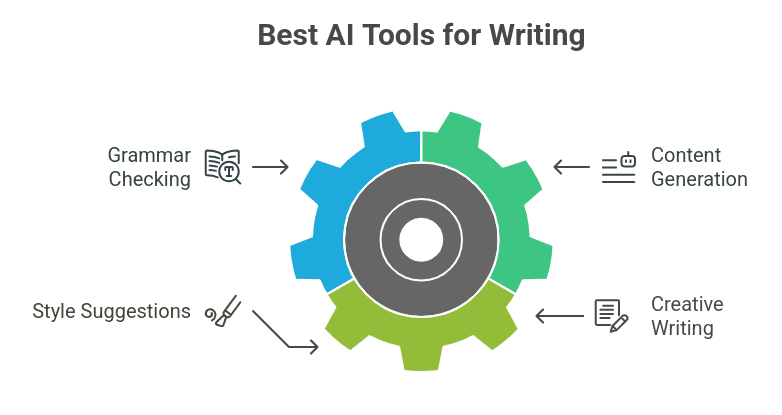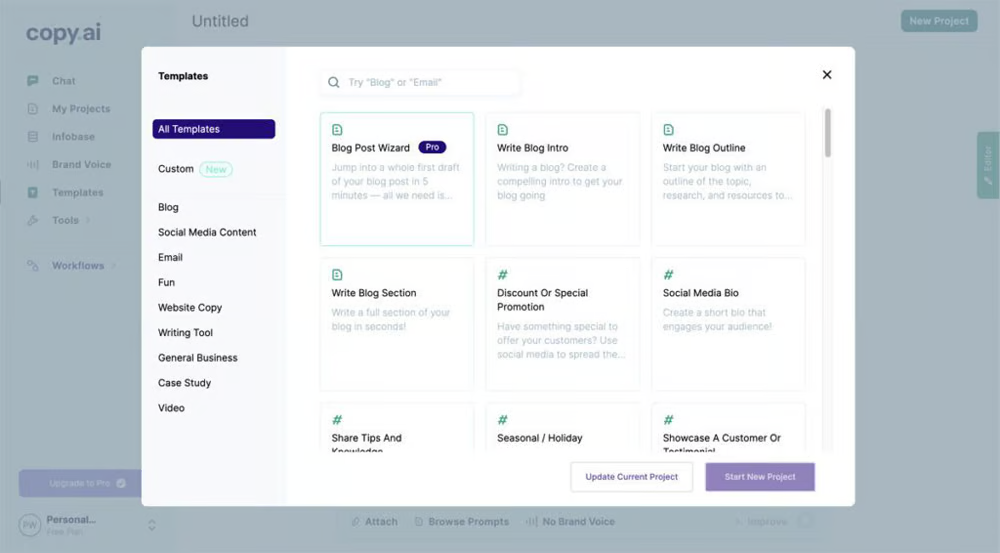AI blog writing tools in 2025 are changing how content is created, optimized, and published. Whether you’re a marketer, blogger, or freelancer, these tools are no longer optional—they’re an essential part of any content strategy.
From generating outlines to crafting complete blog posts, today’s intelligent platforms offer capabilities that save time, improve consistency, and support scalable content production. But with so many tools available, one question remains: Which blog writing assistant delivers the best results?
In this guide, we’ll explore the top options and help you decide which one suits your writing needs in 2025.
Why Use AI for Blog Writing in 2025?
TModern writing software powered by AI is more than just a convenience—it’s a productivity engine. These tools help content creators:
- Come up with fresh blog ideas
- Build SEO-optimized outlines
- Generate long-form articles faster
- Maintain tone and voice across posts
- Beat creative blocks and scale efficiently
The best platforms use natural language generation (NLG) to create copy that’s coherent, engaging, and often indistinguishable from human writing. As a result, many creators rely on these assistants to keep up with fast-paced publishing schedules.
The Top AI Blog Writing Tools in 2025

1. ChatGPT by OpenAI (with GPT-4o)
OpenAI’s ChatGPT continues to be a leading tool in 2025. With its GPT-4o model, it offers fast responses, solid contextual understanding, and the ability to handle both short- and long-form writing tasks.
From generating blog drafts to refining tone and style, ChatGPT is incredibly versatile. Its chat-based interface lets you guide and shape the output interactively, which makes it ideal for writers who prefer collaboration.
Best for: Custom workflows, idea development, and content refinement.
2. Jasper
Jasper is a favorite among agencies and content teams. It provides structured templates for intros, outlines, and conclusions, helping streamline blog writing. With its “Brand Voice” feature, Jasper adapts to your tone for consistent output across all content.
Best for: Marketing teams and branded content creation.
3. Copy.ai
Copy.ai is known for its clean interface and ease of use. Originally geared toward short-form content, it now supports full-length blog creation with strong structural support. It’s excellent for quickly generating headlines, content ideas, and readable drafts.
Best for: Simplicity, creativity, and speed

4. Writesonic
With competitive pricing and a robust feature set, Writesonic is gaining momentum in 2025. It includes blog post wizards, intro generators, and full-article tools. It also leverages real-time SERP data to create content optimized for search engines.
Best for: SEO-focused content at a budget-friendly price.
5. Scalenut
Scalenut blends content writing with SEO research. It recommends keywords, generates outlines based on top-ranking pages, and helps optimize your content from the ground up. If your goal is to rank high on Google, this is a smart pick.
Best for: SEO strategy and data-driven blog planning.
Which One Delivers the Best Results?
Here’s a quick breakdown:
- Most Flexible & Adaptive: ChatGPT
- Best for Brand Voice: Jasper
- Best for Simplicity: Copy.ai
- Most Budget-Friendly: Writesonic
- Top SEO Integration: Scalenut
If you need versatility and high-quality content, ChatGPT with GPT-4o leads the pack. But if your focus is on SEO, structure, or team collaboration, tools like Jasper, Writesonic, and Scalenut offer strong competition.
Final Thoughts
AI blog writing tools in 2025 aren’t just helpful—they’re transforming the content creation process. Whether you’re a freelancer, content strategist, or small business owner, there’s a tool out there that can fit your style and goals.
The best way to decide? Try a few tools, evaluate their performance, and choose the one that aligns with your workflow. With the right writing assistant, you’ll create content that’s faster, smarter, and more impactful than ever.

